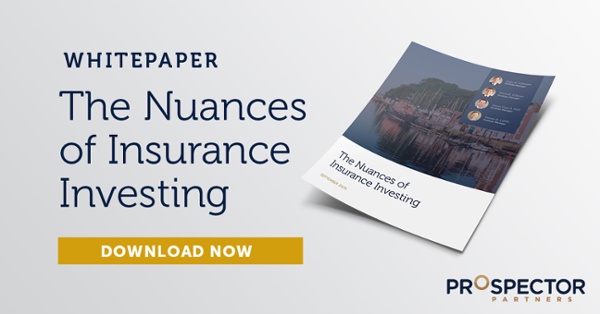During the Financial Crisis, banks were nearly responsible for the collapse of the financial system given excess leverage, toxic balance sheets, mismanagement, and questionable business practices. In the years that followed, banks were justifiably blamed for the financial turmoil and faced unprecedented public and political scrutiny, along with a wave of new regulations intended to prevent another crisis.
However, in this COVID-19 pandemic, banks have become a key player in remedying the economy rather than being the root of the problem. For example, banks implemented the Paycheck Protection Program (PPP) on behalf of the government to provide potentially forgivable loans to medium and small business. As of August 2020, the banking industry has administered over $500 billion in PPP loans to support American business and their workers. Banks are expected to earn $19 billion in fees from administering the program, which will provide a temporary boost to profitability. Additionally, the fees will support already strong regional bank capital levels which stood at 9.3% tangible common equity coming into the pandemic (over two percentage points higher than 2007 levels). The PPP program also indirectly improves bank credit quality.
It’s important to note community banks (one of our core competencies), have especially benefited from the PPP program. Large name-brand banks were initially flooded with PPP loan requests and couldn’t process them in a timely manner. As a result, businesses turned to their local community banks for PPP support, and they answered by working around the clock to approve loans. A theme from virtual meetings with community bank CEOs is they have on-boarded new customers as a result of the PPP program and expect to convert a significant portion to core clients via high touch service – thus taking market share from big banks and driving growth.
Additionally, the banking industry has taken proactive action to support clients – a practice not as common during the Financial Crisis. Regulators have allowed banks to defer loan payments of customers impacted by COVID in 2020 without booking the loan as non-performing (a negative credit metric). As a result, banks have provided loan payment relief to their most impacted customers to get them through the depths of this crisis. Assuming a subset of these loans end up as non-performing loans in 2021, we expect lenders to work with borrowers to avoid the level of foreclosures and fire sales realized in 2008.
Going forward, we believe banks have a place in the portfolio given bottom-decile valuations relative to history, strong capital levels, conservatively underwritten balance sheets, and improved oversight versus the last cycle. Additionally, we are encouraged by the build in loan loss reserves YTD in 2020 and the recent improvement in loan deferment trends. Finally, we expect banks to be major beneficiaries of a vaccine, a continued economic recovery and a resurgence in bank consolidation activity. We will be elaborating on these topics in upcoming posts. If you want to be notified when we release our new insights, please fill out the form on this page.


